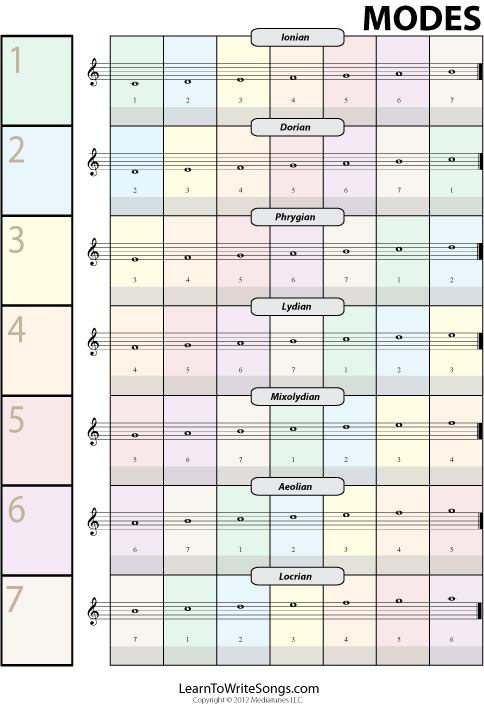How to Implement Dorian Mode in Lead Sections


It’s always a good idea to find a way to expand your soloing “vocabulary”. Whatever is your instrument, finding new ways to approach your lead sections is a must if you’re a lead player. You might prefer to write them first, or you might feel like improvising them completely. However, you need to have a better grasp on the matter and have more material to work from. While the choice of scales for lead sections is somewhat limited and usually relies on the minor pentatonic scale or natural minor and major scales, there are a few others worth mentioning. One of the examples is the Dorian mode, which comes as a very interesting collection of notes (so to speak) that can completely reinvent your music and add a new dimension to it.
Implementing the Dorian Mode in Lead Sections
And this is exactly the reason why we decided to look more into it, dissect it, and find a way or two of how we can implement them in modern music and lead sections. But before we begin, let’s first explain what modes are, and what Dorian mode actually is.
Modes and Dorian Mode
We have seven modes of the natural major scale. These are Ionian, Dorian, Phrygian, Lydian, Mixolydian, Aeolian, and Locrian. To put it simply, each of these modes is like a scale that’s built by using the natural major scale and just starting from a different degree. In the case of the Dorian mode, it’s a scale formed by starting from the natural major’s second degree. It’s as simple as that.
But you might think that it’s just the same as the major scale, right? Well, the minor scale or the Aeolian mode is made the same way, and it sounds completely different compared to the natural major. It’s also the case with the Dorian mode.
If we’d present the Dorian mode as an altered major scale, it would look something like this:
- 1 – 2 – b3 – 4 – 5 – 6 – b7
Or, starting on the C note:
- C – D – Eb – F – G – A – Bb
What’s So Special About the Dorian Mode?
From what we’ve shown above, it’s clear that the Dorian mode forms a minor triad as well as a minor 7th chord. However, there’s one important detail that sets it apart from the natural minor scale – the major 6th interval. Although it seems like just a nuance, it actually makes a whole world of difference. In the natural minor scale, we have half steps between second and third degrees and between fifth and sixth degrees. While the Dorian mode comes with the half step between second and third degrees, its structure also includes a half step between sixth and seventh degrees, which makes it kind of similar to a Mixolydian mode.
In some way, we could call the Dorian mode a “cheerful-sounding brother” of the natural minor scale. This small change of just one interval is responsible for making things a lot “brighter” and significantly less melancholic.
How and When Can I Use It for Lead Sections?
This structure also makes an impact on the distribution of 7th chords over the scale, which means that the Dorian mode might not always be implemented in the same way you’d use a minor scale over a minor chord progression. If you’re looking for the simplest way to implement it, it’s over the I-IV-V chord progression, especially if you’re using dominant or major chords. It may seem weird at first, but it actually works well in these settings.
You can always implement the Dorian mode in most cases where you’d usually play a minor pentatonic scale and just start with the same root note. For instance, if the song is in the key of C minor, you just go ahead and play the C Dorian scale. Another way to approach it is to play the E Dorian, which also fits this context, but it may not be as effective compared to playing it in C.
The inclusion of major second and minor third intervals does give some melancholy in there, but moving around that major sixth will get things a little brighter. That’s especially the case with any bluesy songs.
In order to use its full potential, we’d advise you to move around the major sixth interval as much as you can. It’s also a great idea to play solos that involve you moving around with different intervals over the Dorian mode.
However, it might not fit every chord progression or a setting. This is a bit of a tricky problem to tackle, so you’ll need to try it out yourself and see which chord progression actually makes the Dorian mode shine and which one makes it sound awkward.
Charles Martin. I’m a musician and founder of Musiicz.com. This website has been created with early career musician in mind and I strive to offer useful guides, learning tips to help people who want to learn a musical instrument and play music on their own.






Leave a Reply